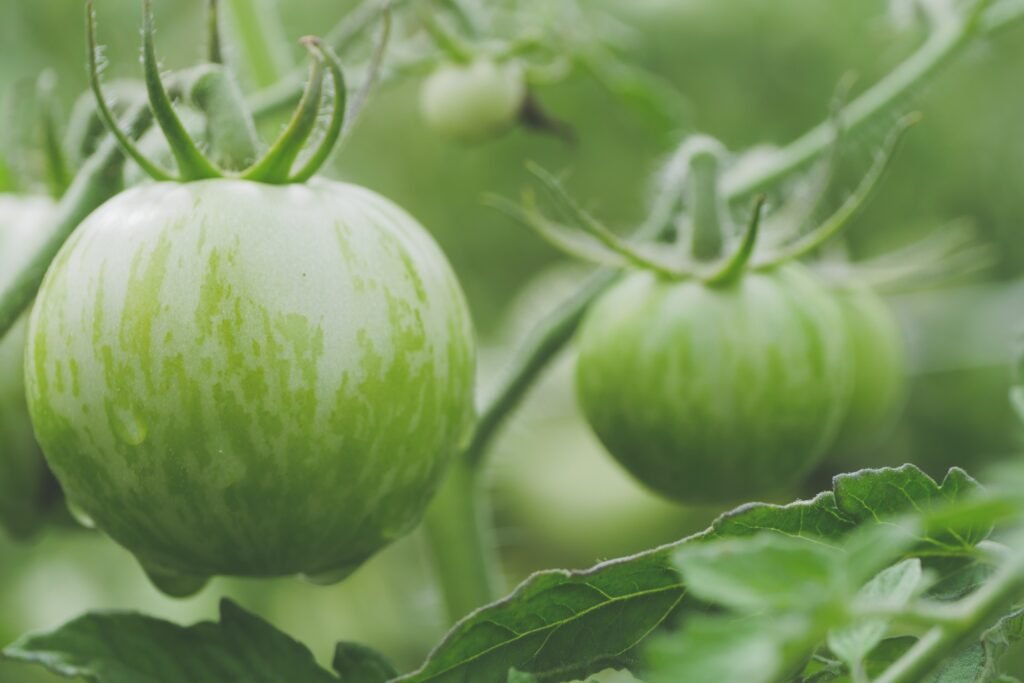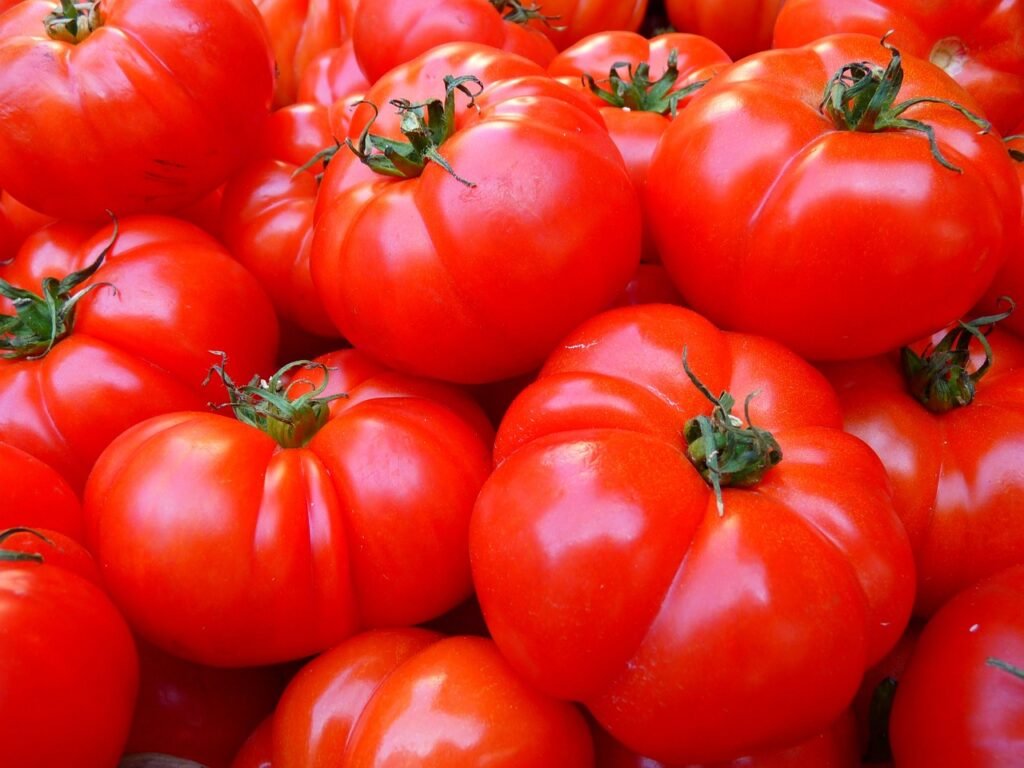Introduction
When it comes to the world of tomatoes, you may have encountered terms like “jitomate” and “tomate” in your culinary journeys. While both are tomatoes, they differ in some key aspects, and understanding these distinctions can elevate your cooking game. In this comprehensive guide, we will explore the differences between jitomate and tomate, shedding light on their characteristics, culinary uses, and more.
Jitomate vs Tomate
Jitomate: A Mexican Gem

Jitomate, pronounced as “hee-toh-mah-teh,” is a term predominantly used in Mexican cuisine. It encompasses a wide range of tomato varieties, each contributing its unique flavor and texture to Mexican dishes. The most common varieties of jitomate include Roma tomatoes, saladette tomatoes, and even cherry tomatoes.
Mexican jitomate is celebrated for its vibrant and robust flavor. It tends to be slightly sweeter than its counterpart, the tomate, making it an essential ingredient in salsas, guacamole, and many traditional Mexican dishes. The rich, sun-kissed soils of Mexico impart a distinct and delectable taste to jitomate, making it a cherished ingredient in kitchens worldwide.
Tomate: The Global Tomato

On the other side of the culinary spectrum, we have the tomate, a term widely recognized in international cuisine. The term “tomate” encompasses various tomato varieties, with perhaps the most famous being the beefsteak, heirloom, and cherry tomatoes. These tomatoes are cultivated and enjoyed around the world, making them a staple ingredient in countless recipes.
Tomate, with its juicy and slightly tart flavor profile, adds depth and dimension to dishes from Italian pasta sauces to Greek salads. The versatility of tomate has earned it a place in kitchens globally, allowing it to effortlessly adapt to a wide array of culinary traditions.
Difference Between Jitomate and Tomate
| Aspect | Jitomate | Tomate |
| Common Varieties | Roma tomatoes, saladette tomatoes, cherry tomatoes | Beefsteak tomatoes, heirloom tomatoes, cherry tomatoes |
| Pronunciation | Hee-toh-mah-teh | Toh-mah-teh |
| Flavor | Sweeter, richer | Tangy, juicy |
| Texture | Slightly firmer | Tender, juicy |
| Appearance | Elongated and plum-like | Round and globe-like |
| Skin Texture | Smoother and shinier | Varies in color and texture |
| Culinary Applications | Mexican dishes, salsas, guacamole | International cuisine, pasta sauces, salads, sandwiches |
Growing Jitomate and Tomate

Cultivation and Harvesting
Both jitomate and tomate can be grown in your backyard garden or on a larger scale. They thrive in warm, sunny climates with well-drained soil. However, jitomate is more heat-tolerant, making it suitable for regions with scorching summers. Tomate, on the other hand, prefers milder temperatures.
When it comes to harvesting, jitomate is typically picked when fully ripe, as it has a shorter shelf life. In contrast, tomate can be harvested slightly underripe, as it continues to ripen after picking.
Culinary Applications

Jitomate in Mexican Cuisine
Jitomate is the star of many beloved Mexican dishes. From classic salsa to rich mole sauces, it adds a burst of flavor and color to the table. Some popular dishes featuring jitomate include enchiladas, tacos, and chiles rellenos. Its acidity and sweetness balance the spiciness of Mexican cuisine.
Tomate in European Delicacies
Tomate is a versatile ingredient in European cooking. It serves as the base for iconic Italian marinara sauce and is a key component in French ratatouille. In Mediterranean salads, the juicy slices of tomate add a refreshing element, while in Greek moussaka, it enhances the layers of flavors.
Nutritional Value
Jitomate: A Nutrient Powerhouse
Jitomate is not only delicious but also packed with nutrients. It is an excellent source of vitamin C, potassium, and antioxidants. These compounds support a healthy immune system and may reduce the risk of chronic diseases.
Tomate: A Heart-Healthy Choice
Tomate, with its lower sugar content, is a preferred option for those watching their sugar intake. It’s a good source of vitamins A and K, as well as folate. The lycopene in tomate is known to promote heart health and reduce the risk of certain cancers.
Unraveling the Differences

Appearance
When it comes to visual distinctions, jitomate and tomate can often be told apart by their appearance. Jitomate tends to have a more elongated and plum-like shape, while tomate is characterized by a rounder, more globe-like form. The skin of jitomate is typically smoother and shinier, with a deeper red hue, whereas tomate may vary in color and texture, depending on the variety.
Flavor and Texture
The flavor and texture of these two tomato variants set them apart in the culinary world. Jitomate, as mentioned earlier, boasts a sweeter, richer taste with a slightly firmer texture. This makes it ideal for slicing and dicing in salads, or blending into mouthwatering salsas.
Tomate, on the other hand, leans towards a tangy, juicier profile, which enhances the taste of sandwiches, burgers, and sauces. Its tender flesh practically melts in your mouth, making it perfect for adding a burst of flavor to various dishes.
The Verdict
In the epic battle of jitomate vs. tomate, there is no clear winner, only a harmonious coexistence. These two tomato varieties bring their unique attributes to the culinary table, enhancing the global gastronomic experience. The choice between jitomate and tomate ultimately depends on the dish you’re preparing and the flavors you wish to create.
So, the next time you embark on a culinary adventure, armed with your favorite tomato variety, remember that whether it’s the sweet embrace of jitomate or the tangy allure of tomate, both have their place in the rich tapestry of global cuisine.
Jitomate vs Tomate vs Tomatillo
| Aspect | Jitomate | Tomate | Tomatillo |
| Common Varieties | Roma tomatoes, saladette tomatoes, cherry tomatoes | Beefsteak tomatoes, heirloom tomatoes, cherry tomatoes | Common green tomatillo, purple tomatillo |
| Pronunciation | Hee-toh-mah-teh | Toh-mah-teh | Toh-mah-tee-yo |
| Flavor | Sweeter, richer | Tangy, juicy | Tart, citrusy |
| Texture | Slightly firmer | Tender, juicy | Firm, slightly sticky |
| Appearance | Elongated and plum-like | Round and globe-like | Small, round, papery husk |
| Skin Texture | Smoother and shinier | Varies in color and texture | Covered in a papery husk |
| Culinary Applications | Mexican dishes, salsas, guacamole | International cuisine, pasta sauces, salads, sandwiches | Salsas, sauces, stews, and Mexican dishes |
This table should help you distinguish between jitomate, tomate, and tomatillo in terms of their common varieties, pronunciation, flavor, texture, appearance, and culinary uses.
Conclusion
In the culinary world, knowing the nuances between jitomate and tomate can make a significant difference in the taste and texture of your dishes. Whether you’re preparing a spicy Mexican salsa or a classic Italian pasta sauce, understanding these tomato varieties’ unique characteristics will help you achieve culinary excellence.
So, next time you embark on a gastronomic adventure, remember the distinction between jitomate and tomate. Embrace their flavors, and let them elevate your culinary creations to new heights.
Frequently Asked Questions
Is jitomate the same as a regular tomato?
No, jitomate is a type of tomato, but it has distinct characteristics that set it apart, such as its thin skin, sweetness, and frequent use in Mexican cuisine.
Can I use tomate in salsa?
While tomate is not the traditional choice for salsa, you can use it for a milder, European-inspired version of salsa.
Which tomato variety is better for salads?
Tomate is often preferred for salads due to its larger size, juicy texture, and milder flavor.
Are jitomate and tomate interchangeable in recipes?
While they can be substituted for each other in some recipes, it’s essential to consider the flavor and texture differences to achieve the desired results.
How do I store jitomate and tomate?
Jitomate should be stored at room temperature or in a cool, dark place. Tomate can be stored in the refrigerator to prolong its freshness.
Can I grow jitomate and tomate together in my garden?
Yes, you can grow both varieties in the same garden, provided you cater to their specific temperature and sunlight preferences.





